 W
WThe Acra is both the name of a fortified structure and also one of three suburbs in Jerusalem during the late Second Temple period from which it takes its name. This suburb, also known as the "Lower City," corresponds today with Silwan and the City of David, along with its sister suburbs of "The Upper Market", also known as the "Upper City," and the newer suburb known as Bezetha. Acra is the shortened-form of the Greek loanword akrópoli, adopted in Aramaic usage and having the connotation of "citadel" or "stonghold," a place thought to have once had a fortified compound built by Antiochus Epiphanes, ruler of the Seleucid Empire, following his sack of the city in 168 BCE. The capture of the Lower City (Acra) played a significant role in the formation of the Hasmonean Kingdom, and in the Maccabean Revolt when the city was captured by Judas Maccabeus and the fortress destroyed by Simon Thassi. In the center of the suburb lay the Pool of Siloam.
 W
WAreus I was Agiad King of Sparta from 309 to 265 BC, who died in battle near Corinth during the Chremonidean War. He was the grandson of Cleomenes II and was succeeded by his son Acrotatus II.
 W
WBarnabas, born Joseph, was according to tradition an early Christian, one of the prominent Christian disciples in Jerusalem. According to Acts 4:36, Barnabas was a Cypriot Jew. Named an apostle in Acts 14:14, he and Paul the Apostle undertook missionary journeys together and defended Gentile converts against the Judaizers. They traveled together making more converts, and participated in the Council of Jerusalem. Barnabas and Paul successfully evangelized among the "God-fearing" Gentiles who attended synagogues in various Hellenized cities of Anatolia.
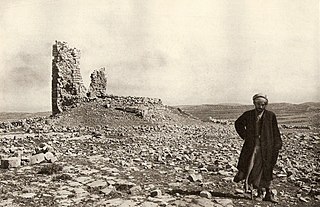 W
WBeth-Zur is a biblical site of historic and archaeological importance in the mountains of Hebron in southern Judea, now part of the West Bank. Beth Zur is mentioned several times in the Hebrew Bible and the writings of the Roman Jewish historian Josephus. The Battle of Beth-Zur took place here in 164 BCE.
 W
WBethoron, also Beth-Horon meaning "House of Horon" was an ancient biblical town strategically located on the Gibeon-Aijalon road, guarding the "ascent of Beth-Horon". Upper Bethoron appears in Joshua 16:5 and Lower Bethoron in Joshua 16:3 and 1 Chronicles 7:24 and I Maccabees 3:16.
 W
WEmmaus is a town mentioned in the Gospel of Luke of the New Testament. Luke reports that Jesus appeared, after his death and resurrection, before two of his disciples while they were walking on the road to Emmaus.
 W
WEmmaus Nicopolis, was the Roman name for one of the towns associated with the Emmaus of the New Testament, where Jesus is said to have appeared after his death and resurrection. Emmaus was the seat of the Roman Emmaus, whereas Nicopolis was the name of the city from the 3rd century CE until the conquest of Palestine by the Muslim forces of the Rashidun Caliphate in 639. In the modern age, the site was the location of the Palestinian Arab village of Imwas, near the Latrun junction, between Jerusalem and Tel Aviv, before its destruction in 1967. The site today is inside Canada Park, a place maintained by the Israel Nature and Parks Authority, although the archaeological site has been cared for by a resident French Catholic community since 1993.
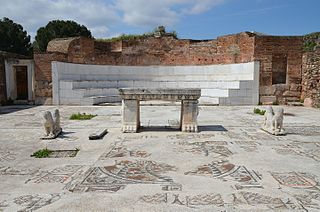 W
WGod-fearers or God-worshippers were a numerous class of Gentile sympathizers to Hellenistic Judaism that existed in the Greco-Roman world, which observed certain Jewish religious rites and traditions without becoming full converts to Judaism. The concept has precedents in the proselytes of the Hebrew Bible.
 W
WHasmonean coinage are the coins minted by the Hasmonean kings. Only bronze coins in various denominations have been found; the smallest being a prutah or a half prutah. Two Roman silver denarii are associated with the Hasmoneans; one has the inscription BACCIVS IVDAEAS; with its exact meaning unclear. Both show a man thought to be Yehuda Aristobolus bowing before a camel with a palm branch in his hand.
 W
WThe Hasmonean dynasty was a ruling dynasty of Judea and surrounding regions during classical antiquity. Between c. 140 and c. 116 BCE the dynasty ruled Judea semi-autonomously from the Seleucids. From 110 BCE, with the Seleucid Empire disintegrating, the dynasty became fully independent, expanded into the neighbouring regions of Samaria, Galilee, Iturea, Perea, and Idumea, and the rulers took the title "basileus". Some modern scholars refer to this period as an independent kingdom of Israel.
 W
WHerodian architecture is a style of classical architecture characteristic of the numerous building projects undertaken during the reign of Herod the Great, the Roman client king of Judea. Herod undertook many colossal building projects, most famously his reconstruction of the Temple in Jerusalem. Many of his structures were built upon comparable, previous Hasmonean buildings and most of his have, in their turn, vanished as well.
 W
WThe Herodian dynasty was a royal dynasty of Idumaean (Edomite) descent, ruling the Herodian Kingdom and later the Herodian Tetrarchy, as vassals of the Roman Empire. The Herodian dynasty began with Herod the Great, who assumed the throne of Judea, with Roman support, bringing down the century long Hasmonean Kingdom. His kingdom lasted until his death in 4 BCE, when it was divided between his sons as a Tetrarchy, which lasted for about 10 years. Most of those tetrarchies, including Judea proper, were incorporated into Judaea Province from 6 CE, though limited Herodian de facto kingship continued until Agrippa I's death in 44 CE and nominal title of kingship continued until 92 CE, when the last Herodian monarch, Agrippa II, died and Rome assumed full power over his de jure domain.
 W
WHypsistarians, i.e. worshippers of the Hypsistos, and similar variations of the term first appear in the writings of Gregory of Nazianzus and Gregory of Nyssa, about AD 374. The term has been linked to a body of inscriptions that date from around 100 CE to around 400 CE, mostly small votive offerings, but also including altars and stelae, dedicated to Theos Hypsistos, or sometimes simply Hypsistos, mainly found in Asia Minor and the Black Sea coasts that are today part of Russia.
 W
WJavan was the fourth son of Noah's son Japheth according to the "Generations of Noah" in the Hebrew Bible. Josephus states the traditional belief that this individual was the ancestor of the Greeks.
 W
WJudea or Judaea, and the modern version of Judah is the ancient Biblical Hebrew, the contemporaneous Latin, and the modern-day name of the mountainous southern part of the region of Palestine. The name originates from the Hebrew name Yehudah, a son of the biblical patriarch Jacob/Israel, with Yehudah's progeny forming the biblical Israelite tribe of Judah (Yehudah) and later the associated Kingdom of Judah, which the 1906 Jewish Encyclopedia dates from 934 until 586 BCE. The name of the region continued to be incorporated through the Babylonian conquest, Persian, Hellenistic, and Roman periods as Babylonian and Persian Yehud, Hasmonean Judea, and consequently Herodian and Roman Judea, respectively.
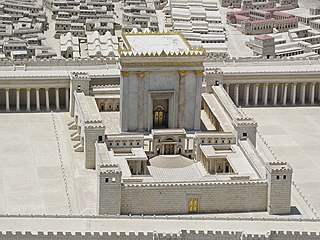 W
WThe Second Temple was the Jewish holy temple, which stood on the Temple Mount in Jerusalem, between c. 516 BCE and 70 CE. It gave name to the Second Temple period.
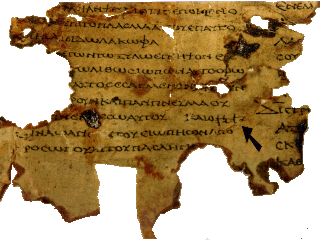 W
WThe Septuagint (LXX), the ancient Alexandrian translation of Jewish scriptures into Koine Greek exists in various manuscript versions.
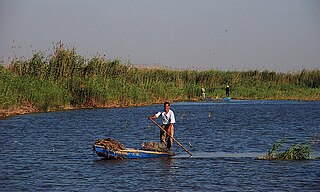 W
WThe Therapeutae were a religious sect which existed in Alexandria and other parts of the ancient Greek world.
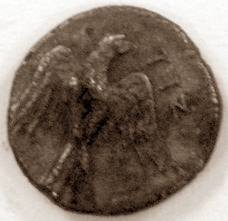 W
WThe Yehud coinage is a series of small silver coins bearing the Aramaic inscription Yehud. They derive their name from the inscription YHD (𐤉𐤄𐤃), "Yehud", the Aramaic name of the Achaemenid Persian province of Yehud; others are inscribed YHDH, the same name in Hebrew.